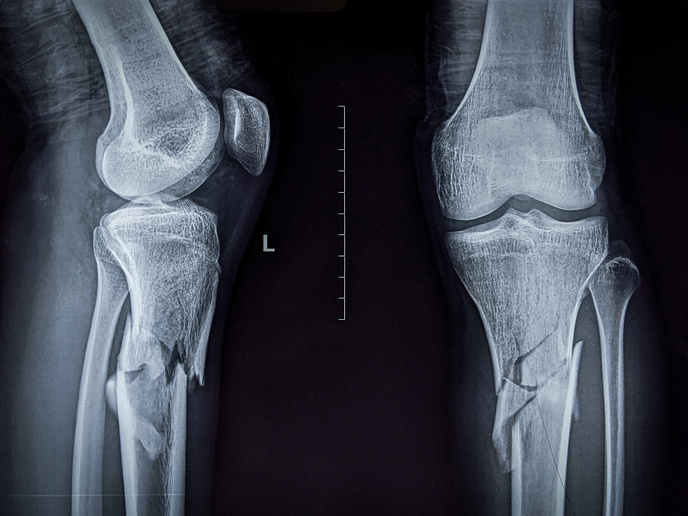Unravelling the pathophysiology of Addison's disease
AAD is a rare autoimmune disorder that results from the destruction of hormone-producing cells in the adrenal cortex. Replacement therapy with glucocorticoids and mineralocorticoids provide AAD patients with near-normal lives accompanied with complications. Hence, better steroid replacement and monitoring therapy at the cellular level are urgently needed. Currently, we lack a comprehensive understanding of disease pathology of AAD. The key objective of the EU funded 'Pathophysiology and natural course of autoimmune adrenal failure in Europe' (EURADRENAL) project was to perform a multidisciplinary study on AAD in order to obtain information regarding disease pathogenesis, immunology and genetics. By networking patient registries and biobanks, EURADRENAL investigators successfully recruited over 2800 patients for studying the genetic and clinical aspects of AAD. Data from hospitals and health care insurance providers across Europe unveiled a higher disease incidence in women. 6 out of 10 AAD patients had other autoimmune morbidities such as reduced working ability and increased propensity for bone fractures. Moreover, premature ovarian insufficiency and low birth rates was seen in 7 % of female AAD patients. Certain dog breeds had high incidence of AAD. Thus dogs were used in animal models for identifying AAD associated genes that could then be studied in humans. Genome wide association analysis identified a region on the canine chromosome 17 that showed increased susceptibility to AAD. In patients, disease association was found with CD28 and CTLA4 alleles, while additional candidate genes included NALP1, CIITA/ CLEC16A PD-LI, CD226 and GATA3. In order to test immuno-modulatory treatments for AAD, the consortium was successful in establishing a mouse disease model based on immunisation with or targeted deletion of the enzyme 21-hydroxylase (common self-antigen of AAD). Immunological analysis of AAD patients revealed the presence of T lymphocytes with reactivity against 21-hydroxylase in peripheral blood with distinct human leukocyte antigen (HLA)-restricted epitopes. Through a multilingual questionnaire, the consortium aimed to study the natural course of AAD and obtain information regarding the QOL of AAD patients. Combined with the genetic association studies and the hydrocortisone release pump, the EURADRENAL consortium has offered alternative therapeutic options for AAD.







